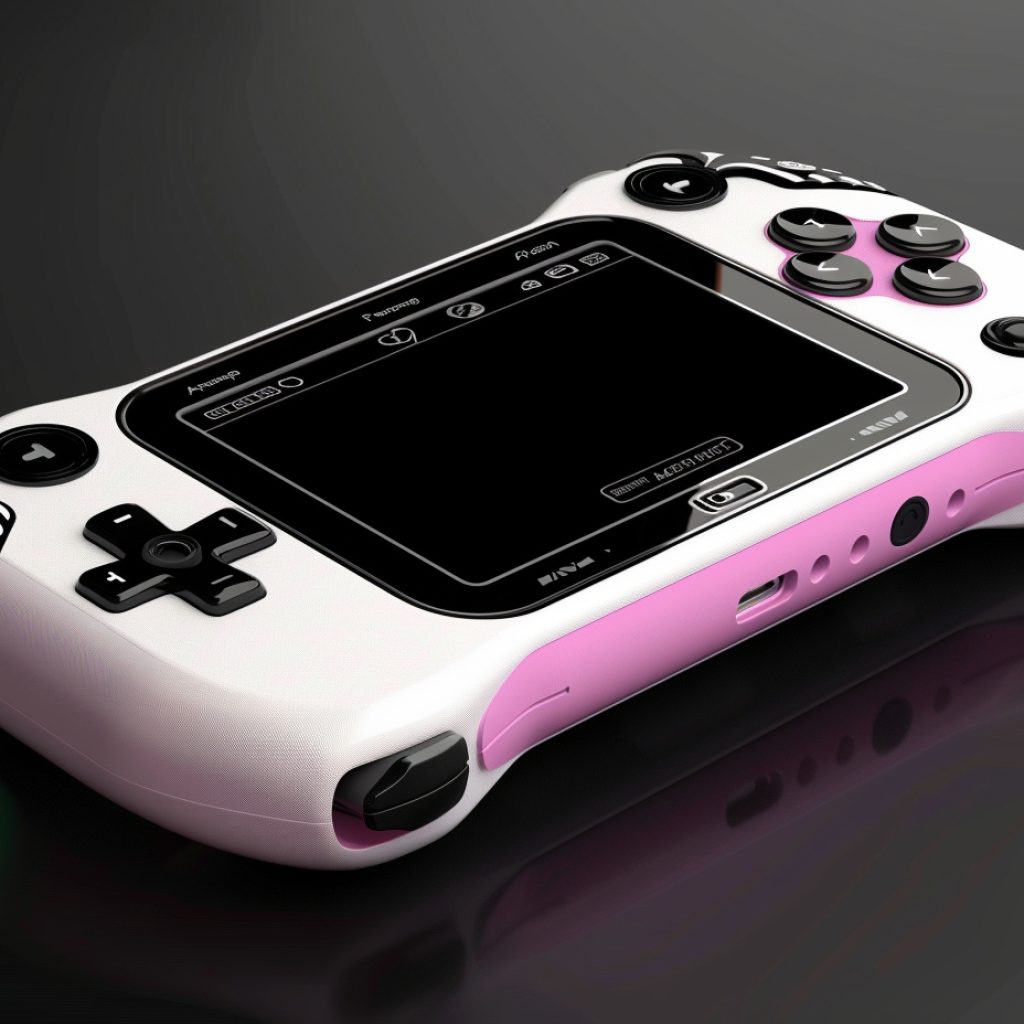In an era where virtual reality and high-definition graphics dominate the gaming industry, it’s nostalgic to cast the lens back to the 90s, where DC Comics characters first made a pixelated imprint on gamers worldwide. An exploration into seven DC games from the 1990s, heralded for their effort yet relegated to the shadows of gaming history, offers a distinctive insight into the evolution of superhero video games.
Navigating through the pixelated streets of Gotham and Metropolis
Superman for Sega Genesis, developed by Sunsoft in 1992, ventured into creating a platform gameplay, merging elements from its successful predecessor, Batman for NES, with 16-bit graphics and arcade pacing. Despite boasting commendable graphics for its time and inventive level introductions via the Daily Planet’s front pages, the restraint in Superman’s power utilization and gameplay limitations veered off from fan expectations.
In contrast, Batman: Return of the Joker for Game Boy, released in the same year, was celebrated for presenting one of the most visually appealing platforms on the handheld device. Despite receiving praise for its detailed animations and level design, critiques regarding its hit detection and clumsy combat controls could not be ignored.
Balancing narrative and gameplay: a perilous undertaking
Catwoman on Game Boy Color, released in 1999, although narratively fitting, fell short in execution, with gameplay criticized for its lackluster art design and stunted controls. It stood as an example that a potent storyline could not entirely salvage a game plagued by aesthetic and mechanical shortcomings.
On the other hand, the 1993 Game Boy release Batman: The Animated Series managed to merge narrative and gameplay effectively. Developed by Konami, it successfully encapsulated the animated series’ ambiance, providing an enriching experience through meticulously designed sprites, detailed pixel art, and an evocative soundtrack.
The Superman for Game Boy, while ambitious in trying to infuse elements from the Animated Series, stumbled in its execution, with controls and combat mechanisms that left players desiring more. While it intended to provide an engaging experience, through flying mechanics and combat sequences, its lackluster art design and problem-riddled controls undercut its potential.
Critical reception and legacy: a juxtaposition of two worlds
Justice League Task Force for SNES, released in 1995, ventured into the then-prosperous world of fighting games, assembling renowned characters such as Batman, Superman, and Wonder Woman into gameplay. Though the game was punctuated with finely crafted animations and stages, it was inevitably relegated to the category of a Street Fighter 2 clone due to the striking similarities and lack of differentiation among the characters.
Despite the issues faced by many of these 90s DC games, there were instances where the execution was praiseworthy. The Flash for Sega Master System, despite being region-exclusive and arriving post the discontinuation of the Master System in several markets, became a collector’s item, appreciated for its remarkable pixel art and animation.
It’s evident that while technological and design limitations characterized DC games of the 90s, a few stood out for their novel attempts to bring beloved characters to the small screen. The juxtaposition of commendable efforts and missed opportunities creates a fascinating chapter in the annals of gaming history. These pixelated adventures, albeit shrouded in the mists of time, serve as a foundational stepping stone to the graphically mesmerizing and narratively intricate DC games of the present era.




